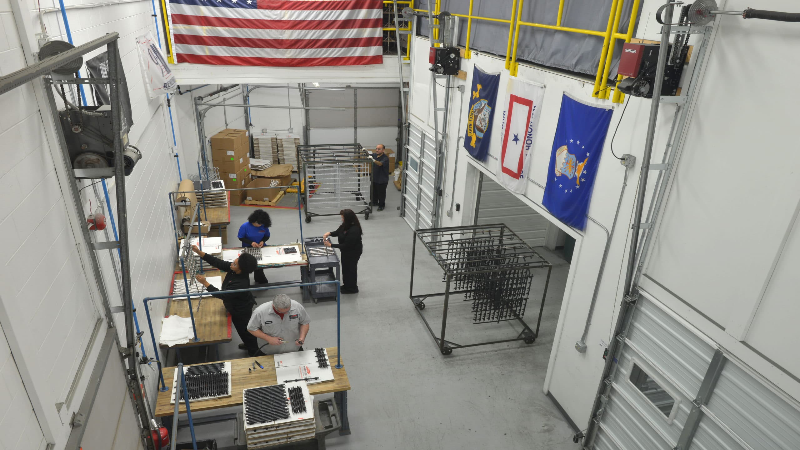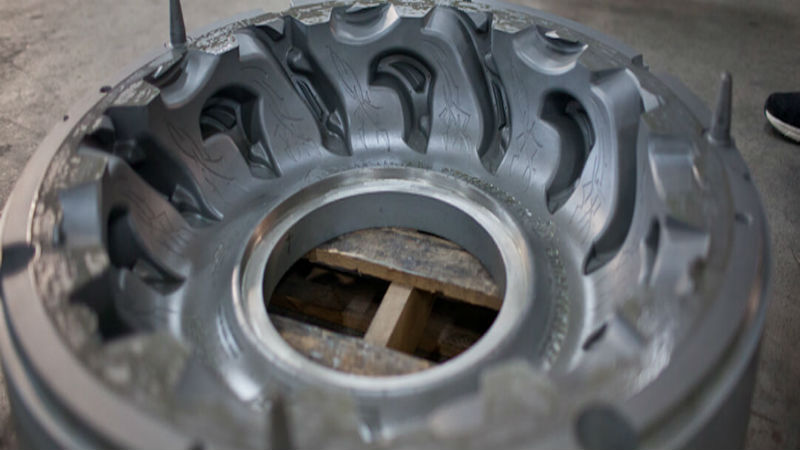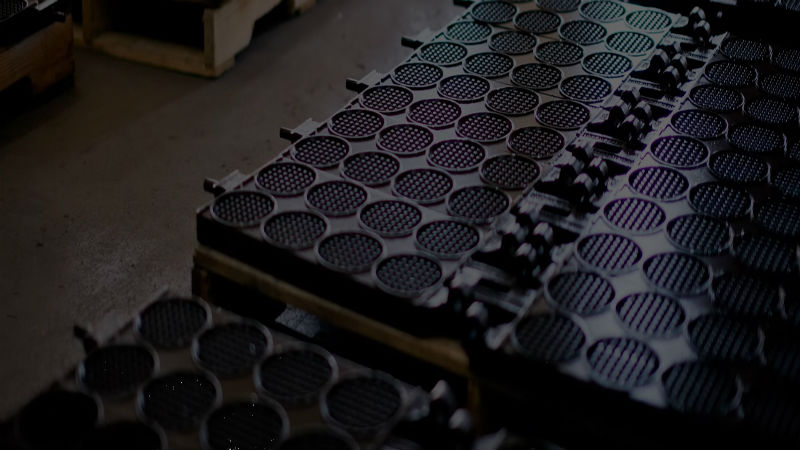Hard chrome is not the same as the decorative and mirror-like reflective chrome found on wheels and bumpers. Instead, hard chrome is a thicker application of chrome on a wide range of different types of metals from stainless steel to copper, brass, bronze, cast iron and a range of different alloys.
The hard chrome plating process is not that different from decorative chrome plating, although there are some additional considerations and options passed on the specific thickness of the plating and the desired use of the component or part.
Cleaning
For new parts or for old parts that are being re-plated, there will be a cleaning process. This removes any surface grease and oils as well as any organic deposits such as dirt, soil, or other types of contaminants.
This is completed through the use of chemicals and detergents to break up the materials and leave the parts free from these materials that will impact the ability of the chrome to plate to the surface.
After the parts are cleaned of surface soil, they are manually checked for surface irregularities. Sandblasting and grinding are used to smooth the surface as the hard chrome plating process will not cover these imperfections and will make them more obvious.
Pretreatment
Based on the specific metal or alloy, the components then go through a pretreatment process. These are various chemicals that are used to develop the correct surface for the plating. These are typically acids such as sulfuric acid, hydrochloric acid or hydrofluoric acid.
Placement in the Vat
The components are then placed in the hard chrome plating vat. This is a carefully controlled vat solution at a specific temperature and with a specific current. The configuration of the various vats or tanks will depend on the types of parts and the desired final plating thickness.
As a general guideline hard chrome plates at about 1 mil per hour, but this can vary based on several factors.
Processing
After the hard chrome plating process is completed and the parts are removed from the racks they may also go through a grinding process to address any areas where a thinner plate may be required.
Additionally, polishing to achieve a bright, shiny and reflective surface can also occur. When polishing is included the hard chrome can take on the appearance of decorative chrome, but it will be much more protective and will be able to provide greater surface resistance for the metal or alloy.


